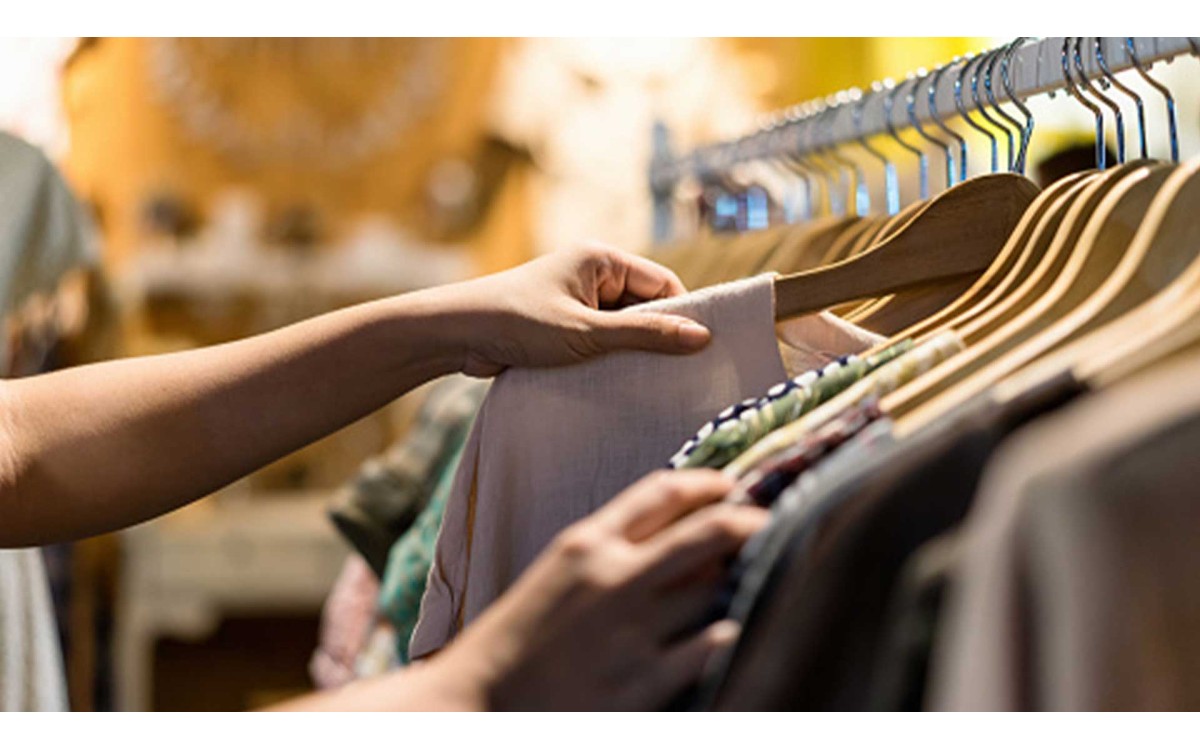When the sun’s shining you want to look cool. Having the right pair of sunnies will not only up your street cred they’ll stop you squinting in the sun which will help keep wrinkles at bay. #Bonus.
Sunnies are the ultimate fashion accessory and we’re willing to pay top shelf prices for them. Chopard make the world's most expensive pair which retail at US$400,000. Thanks to a series of encrusted diamonds both Gwyneth Paltrow and Elton John have worn them and no doubt they dazzled brighter than the sun. Suffice to say, the right shades will enhance your style and make you feel great but our desire to look good is costing the planet, big time.
Did you know, most sunglasses get thrown out when they're broken or damaged?
Where do your sunglasses end up?
With more than one billion pairs sold each year, and most of us owning at least one pair or more, you don't need to be a genius to work out the impact on our landfill. So how can you look good and reduce your global footprint when it comes to sunglasses? The answer may surprise you.
Upcycling sunglasses with new lenses is a fast-growing fashion trend that saves you money, time, and most importantly, reduces waste. It's all part of the growing sustainable fashion movement of which there are multiple benefits.

Say 'no' to fast fashion
Life is fast and we’re consuming at an ever-rapid rate: we eat fast food, complain about being time poor and when it comes to fashion – we appear to see it as disposable.
Online shopping feeds our desire for instant gratification and our 'never wear the same thing twice' trend promotes demand for cheap, disposable clothing. But it’s got out of hand.
According to wrap.org.uk over 350,000 tonnes of clothing – equal to £140,000 – ends up in UK landfill each year.
The impact of mass-produced fashion on the environment and on the quality of life for the workers who make the products is devastating.
Say 'hello' to sustainable fashion
The great news is, the buy-and-discard party is winding down. While there is still much room for improvement, sustainable fashion and (eco consciousness generally) is slowly, but steadily making headway.
- In late 2018, the Environmental Audit Committee sent a letter to 16 top UK fashion stores which include challenging them to discourage disposable clothing.
- As a result of the above inquiry, Tesco, Primark, ASOS, Burberry and Marks & Spencer have all engaged in sustainability actions.
- M&S says it is aiming to source 50 key raw materials, representing 80% of materials used by volume, from sustainable sources by 2025.
- In 2017 Mango launched a Take Action program and have set a goal to for 50 per cent of the cotton used in their collections to come from sustainable sources.
- UK website loveyourclothes.org.au is a national go-to for ideas on refashioning and upcycling your wardrobe.
Ready to make positive change?
Here are some easy ways to become a more conscious consumer:
Buy thoughtfully. Not sure what makes a fashion brand sustainable? Find out what kind of environmental impact a brand has, their labour practices – even the way they treat animals. There are plenty of done-for-you resources that rate the most ethical and sustainable fashion brands. Greenmatch or The Sustainable Edit are good starting points. You can also look for industry-leading certifications such as GOTS (Global Organic Textile Standard), Forests For All Forever or Fairtrade.
Purchase less and buy pre-loved clothes. Ask yourself these questions before buying.
- Do you really need the item?
- Are you shopping because you're seeking an endorphin rush?
- Could you spend the money on something more sustainable by buying second hand?
Need ideas? Vestiaire Collective is an online retailer selling vintage fashion at up to 70 per cent off the original price.
Wear your clothes out. Without a doubt, one of the best ways to support sustainable fashion is to wear your garments until they're ready to go to clothes heaven. Fashion designer Katharine Hamnett says, “I think the industry should make clothes people don’t want to throw away.” Her advice is to dismiss cheap fashion and buy quality items that can last for 20 years or more.

Shop online. Shopping online helps reduce fuel emissions. According to a five-year study shopping trips taken by car account for more than 20 per cent of the climate load during the life cycle of your clothes.
Reduce. Repair. Reuse. Recycle. The four Rs encourage you to rummage through vintage stores and charity shops where you can get your hands on fresh threads at a low price. And why not make an effort to fix something. With locations all over the UK, the Restart Project evolved as part of the global waste free movement. You can take your broken household goods such as toasters and hairdryers to their workshop and they’ll help you repair them!
You can even repair your old sunglasses. Sunglass Fix provide replacement lenses at a great price which means less landfill and more sunshine.








